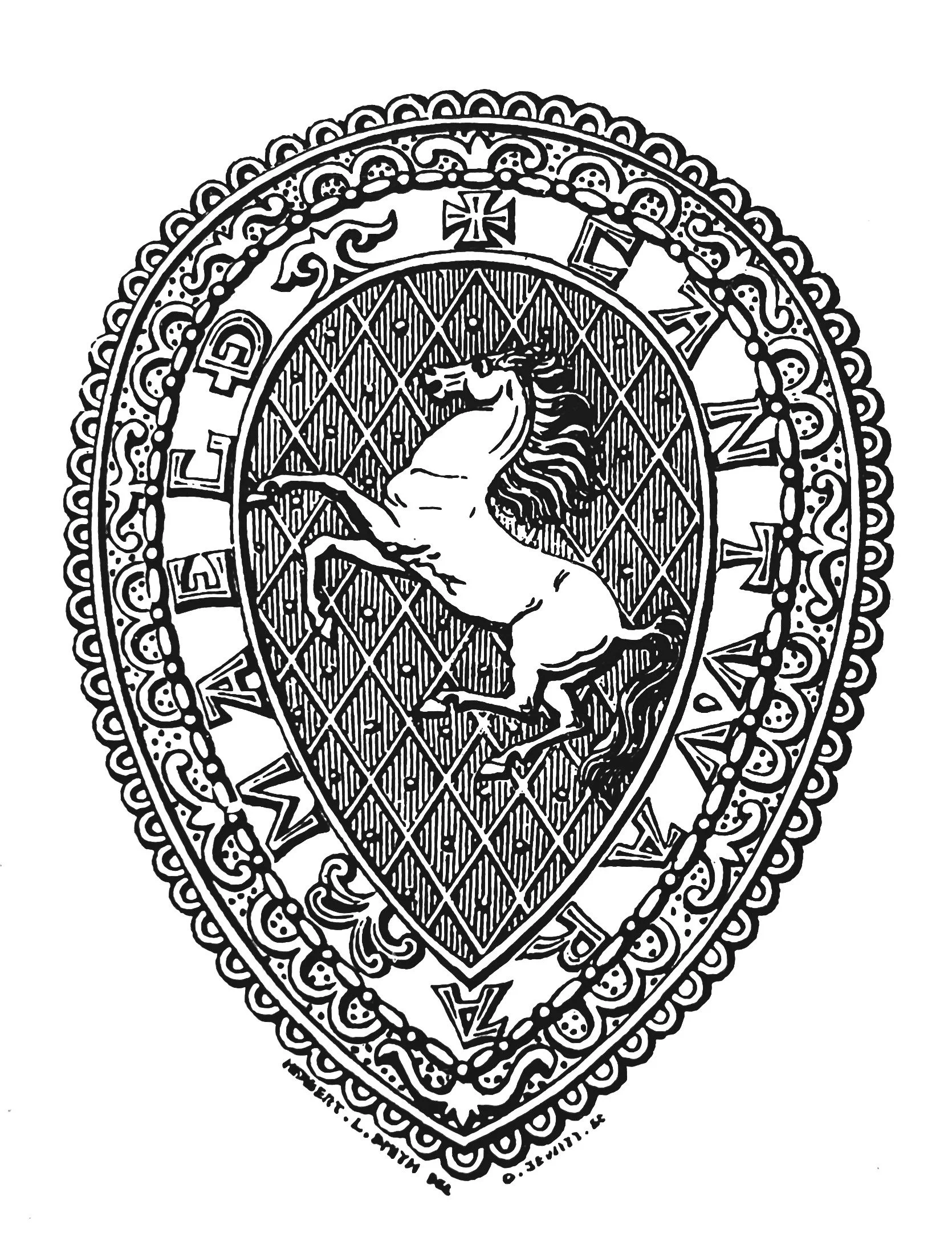
KAS Newsletter, Issue 11, Spring 1987
Excavation of a Roman villa in Kent, historical discoveries, and efforts to preserve and study local history.
Contributions to the next issue are welcome. See the guidance for contributors and contact Editor Craig Campbell.
Search page
Search within this page here, search the collection page or search the website.
Previous
Previous
A Twelfth Century pottery Kiln from Canterbury
Next
Next








